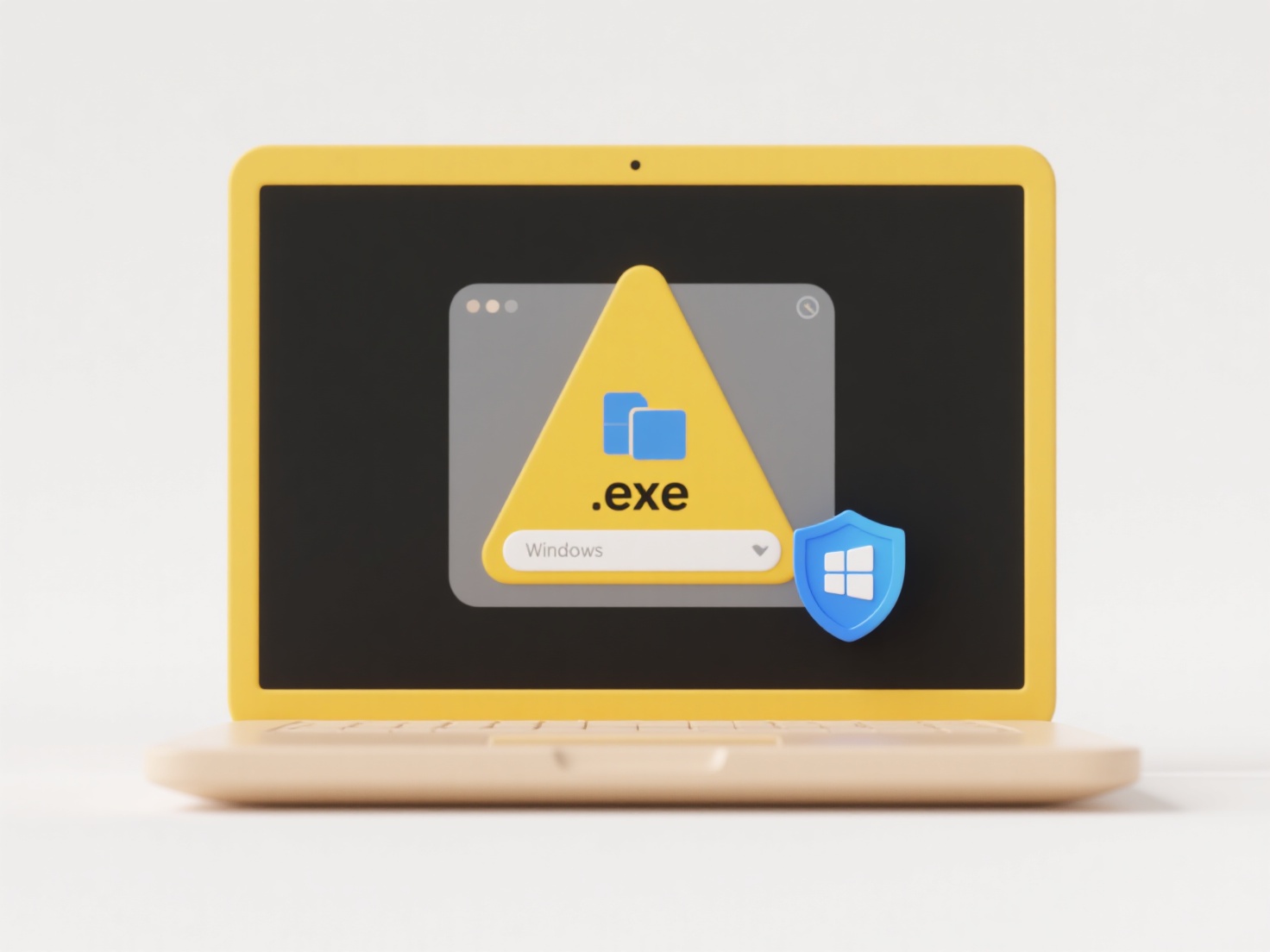
AutoSave automatically saves document changes as you work, replacing frequent manual saving. Unlike manual saving, which requires user action, AutoSave continuously preserves edits to prevent data loss from unexpected issues like power failures. Its operation depends on the software: in cloud-based tools, it's often always active to save progress to the cloud; in desktop applications, it might be a toggle saving locally.
Common examples include cloud productivity suites like Google Docs and Microsoft 365 online, where AutoSave is always enabled to the cloud when editing a file stored online. Desktop applications like Microsoft Word also offer AutoSave settings accessible through options/preferences menus, which must be explicitly turned on or off by the user.

A key advantage of AutoSave is reducing work loss and providing peace of mind. Limitations include potentially saving unintended changes or overwriting prior versions without manual user control. While less prevalent on desktop applications without cloud integration, cloud tools often embed AutoSave seamlessly. Checking application preferences or settings provides control to enable or disable this feature where available.
How do I turn AutoSave on or off?
AutoSave automatically saves document changes as you work, replacing frequent manual saving. Unlike manual saving, which requires user action, AutoSave continuously preserves edits to prevent data loss from unexpected issues like power failures. Its operation depends on the software: in cloud-based tools, it's often always active to save progress to the cloud; in desktop applications, it might be a toggle saving locally.
Common examples include cloud productivity suites like Google Docs and Microsoft 365 online, where AutoSave is always enabled to the cloud when editing a file stored online. Desktop applications like Microsoft Word also offer AutoSave settings accessible through options/preferences menus, which must be explicitly turned on or off by the user.

A key advantage of AutoSave is reducing work loss and providing peace of mind. Limitations include potentially saving unintended changes or overwriting prior versions without manual user control. While less prevalent on desktop applications without cloud integration, cloud tools often embed AutoSave seamlessly. Checking application preferences or settings provides control to enable or disable this feature where available.
Related Recommendations
Quick Article Links
What are UNIX file permission codes (e.g., 755)?
UNIX file permission codes, like 755, represent file access rights using a three-digit octal number. Each digit correspo...
Why do copied files lose their original permissions?
When files are copied, they typically lose their original permissions because the copying process creates entirely new f...
How do I export files from Google Docs or Sheets?
Exporting Google Docs or Sheets saves a copy of your document in a different file format you can open with other softwar...